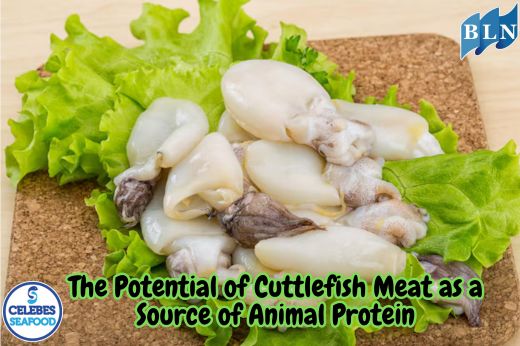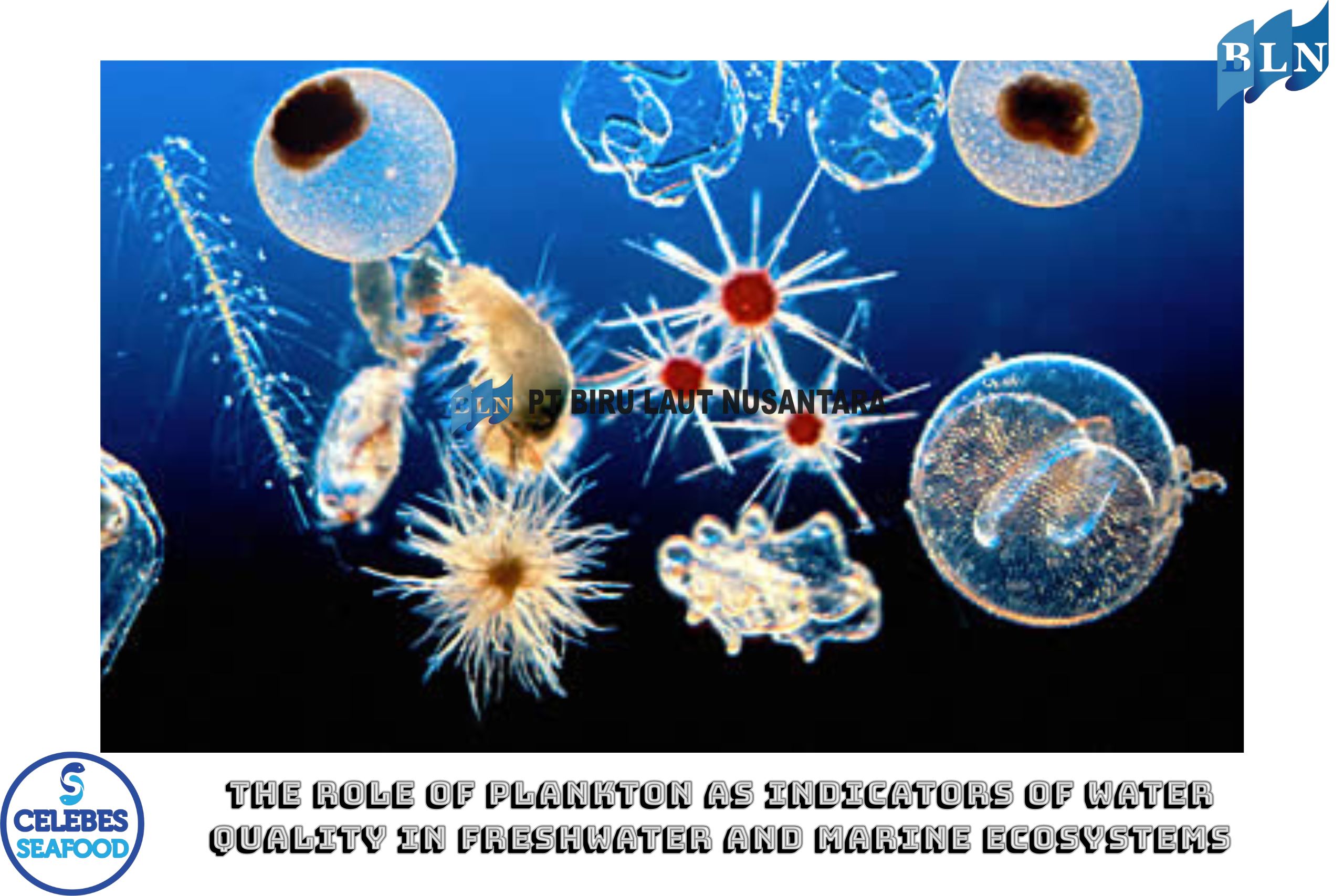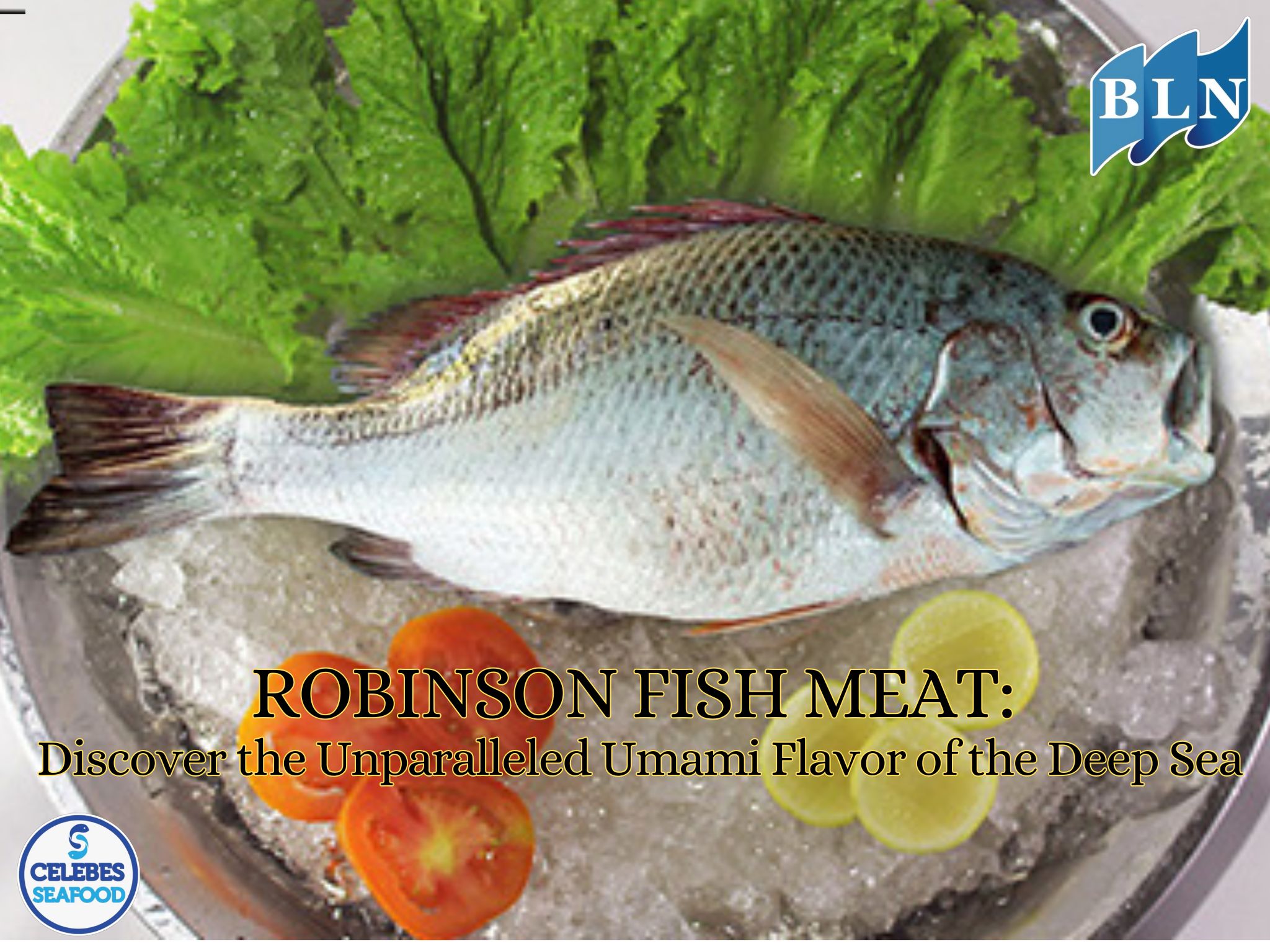Getting to Know the Types of Snapper, Red vs. White
By. Edi - 22 Jul 2025.jpg)
lautnusantara.com Snapper is a favorite in Indonesian cuisine. Its tender, savory, and nutrient-rich flesh makes it a popular choice in special dishes, from steamed fish to grilled fish. However, did you know that there are different types of snapper, specifically red snapper and white snapper? Although both are called "snappers," each has unique characteristics that influence how they are prepared.
Let's explore the fundamental differences between red snapper and white snapper, from their physical characteristics and habitats to recommended dishes for each type. Understanding this will help you choose the right fish for your cooking needs!
Red Snapper: The Beauty with the Firm Meat
Physical Characteristics of Red Snapper
The red snapper ( Lutjanus campechanus ) is easily recognized by its pink to reddish skin, particularly on the back. Its body is slender with shiny scales and large eyes. It can grow up to 1 meter long and weigh up to 20 kg, although the common market price is 2-5 kg.
Habitat and Fishing Season
Red snapper live in deep, warm waters (50-200 meters), such as the waters off Eastern Indonesia, the South China Sea, or the Gulf of Mexico. They are nocturnal and often hide around coral reefs. The best harvest season is April-September.
Meat Texture and Taste
Red snapper meat is reddish-white, firm, and slightly chewy. Its firm texture prevents it from falling apart easily during cooking. Its savory flavor with a touch of natural sweetness makes it perfect for dishes that require whole servings, such as grilled or steamed.
Uses in Culinary
Due to its heat-resistant texture, red snapper is ideal for:
- Grilling : The meat remains juicy even after a long grilling.
- Whole Dishes : Such as sweet and sour or yellow soup.
- Sashimi : The firm, fresh meat is perfect for raw serving.
Interesting Fact : Red snapper contains higher omega-3 than white snapper, reaching 0.4 grams per 100 grams of meat.
White Snapper: The Gentle, Versatile One
Physical Characteristics of White Snapper
The white snapper ( Lates calcarifer ) has a larger, flatter body with a silver-gray color. Its dorsal fin is sharp and its mouth is wide. It can grow up to 1.5 meters long and weigh up to 60 kg, although the 3-10 kg sold are generally sold.
Habitat and Fishing Season
White snapper are often found in brackish waters or estuaries, such as rivers or ponds. They adapt easily to both fresh and salt water. The main production areas in Indonesia include Java and Sumatra. The peak harvest season is October–March.
Meat Texture and Taste
White snapper meat is pure white, softer, and breaks down easily. Its flavor is more neutral with a hint of sea aroma, making it easy to absorb seasonings. It's perfect for soups or stir-fries.
Uses in Culinary
Its soft texture makes white snapper suitable for:
- Soup or Soto : The meat cooks quickly and blends with the broth.
- Stir-fries : Such as capcai or oyster sauce.
- Fish Meatballs : The smooth texture is easy to process into dough.
Interesting Fact : White snapper is often farmed because it grows quickly—in 6 months it can reach 500 grams!
Tips for Selecting and Storing Snapper
To get the best quality, pay attention to the following:
1. Characteristics of Fresh Fish
- Eyes : Clear and not sunken.
- Gills : Bright red, not slimy.
- Meat Texture : Elastic (returns to its original shape when pressed).
2. Storage
- Store in the refrigerator (0-4°C) for a maximum of 2 days.
- For long-term storage, wrap tightly in vacuum plastic and freeze (-18°C).
Which is Superior?
Both red and white snapper have their own advantages. If you're looking for a dish with an attractive presentation and rich flavor, red snapper is the perfect choice. White snapper, on the other hand, is more versatile for soups or dishes that require maximum seasoning.
If you are interested in our Parrotfish Fillet Skin On, PARROTFISH WHOLE GILLED GUTTED please do not hesitate to contact us through email and/or whatsapp.
 in Coral Reef Ecosystems.jpg)
.jpg)





 and Its Impact on Indonesia's Maritime Economy.jpg)
